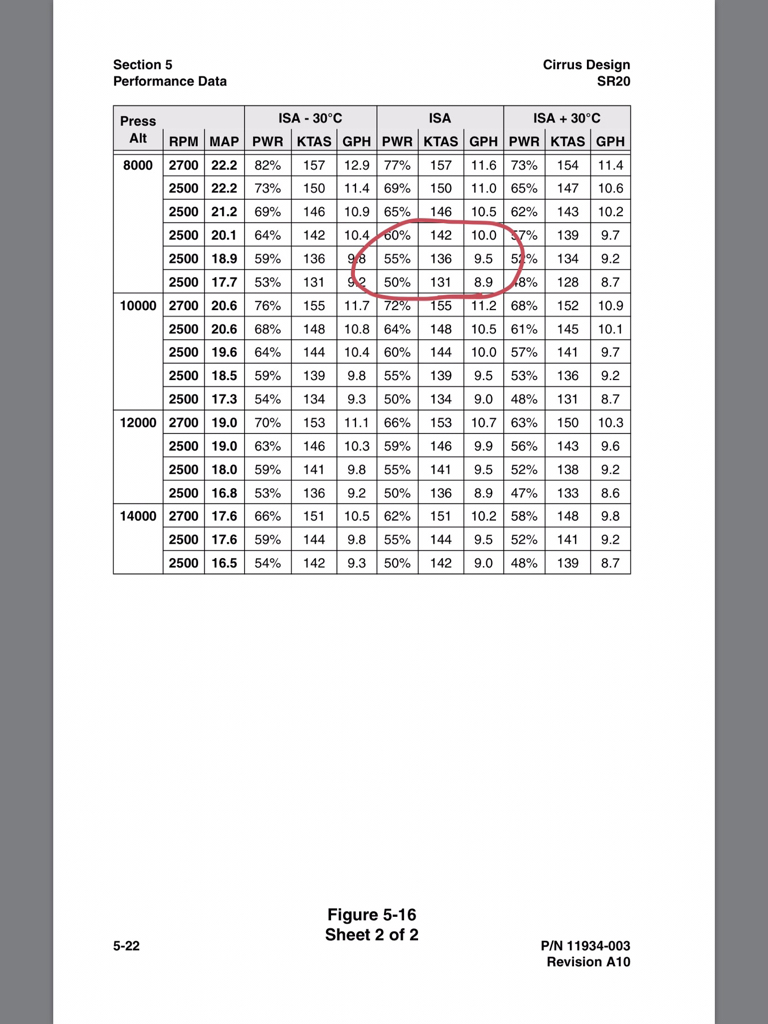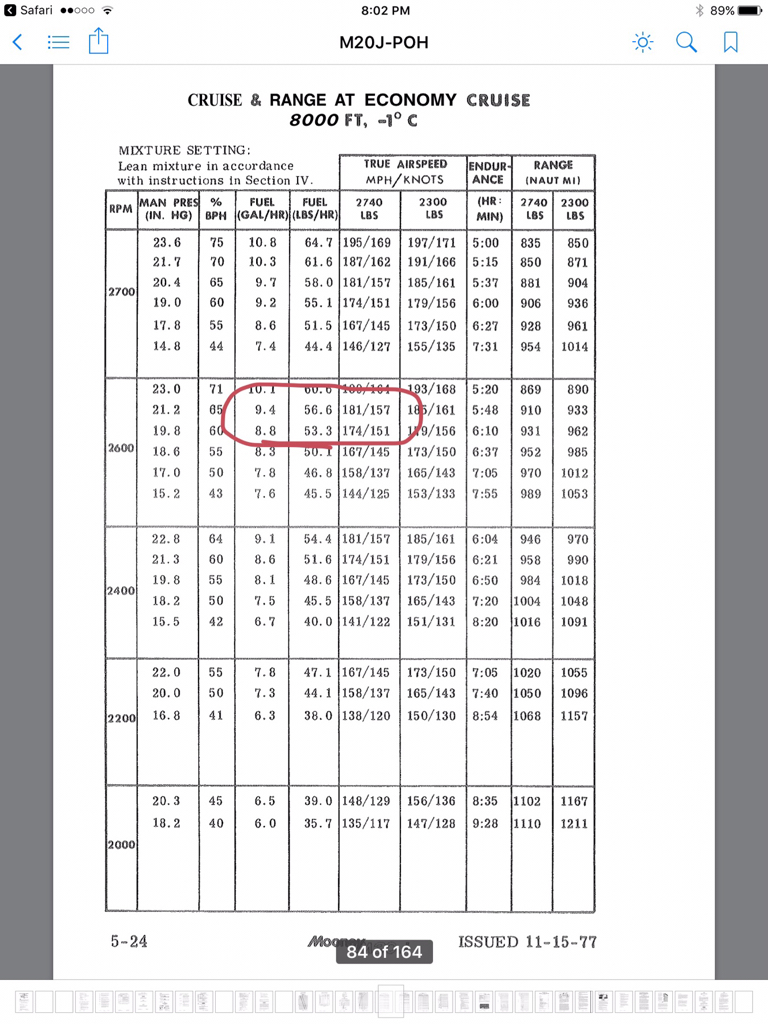Speed- Mooney
Fuel Economy - Equal, may have an edge to Mooney
Uh... Mooney.
[/quote]Cabin Space - Bonanza
Cabin Comfort - Bonanza[/quote]
Disagree. As stated before, I'm much more comfortable in the Mooney than the Bo. And the Mooney is slightly wider.
Landing gear toughness - Bonanza
Toughness to the Bo? They're equal, if anything. Mooney is one tough bird, landing gear included.
Landing Gear Servicing - Bonanza
No way. There's almost nothing TO service on the Mooney gear. It's dirt simple.
I've never heard of any other manufacturer with the rep for expensive parts that Beech has, though Cessna is trying hard to catch up with their $20,000 gear pivots and $1900 manifold pressure gauges.
Of course, you could be right. I've never had to buy a single Mooney part. Ever.
Parts Availability - Equal, may have an edge to Bonanza
Or, may not.
Saying it twice doesn't make it any more true.
Range - I believe the Bonanza takes the lead here if equipped with tip tanks.
If there is an advantage there, it's insignificant as they'll both bust your bladder.
Currently, Beech quotes 920nm for the G36 Bonanza, with 74 gallons usable fuel. It's not quite clear how they arrive at that number. They quote max speed as 176 KTAS, which would take 5.2 hours to get to 920nm, and would use all the fuel at 14 gph to get there.
For me, with the 89 gallons usable, my range is 1,040 nm with a full hour reserve at normal cruise speed and fuel burn accounting for taxi, takeoff, and climb. Newer Ovations can get 100 gallons usable, and they claim 1,450 nm range at 170 knots and 8,000 feet with a 45-minute reserve.
How many gallons do the tip tanks add?







